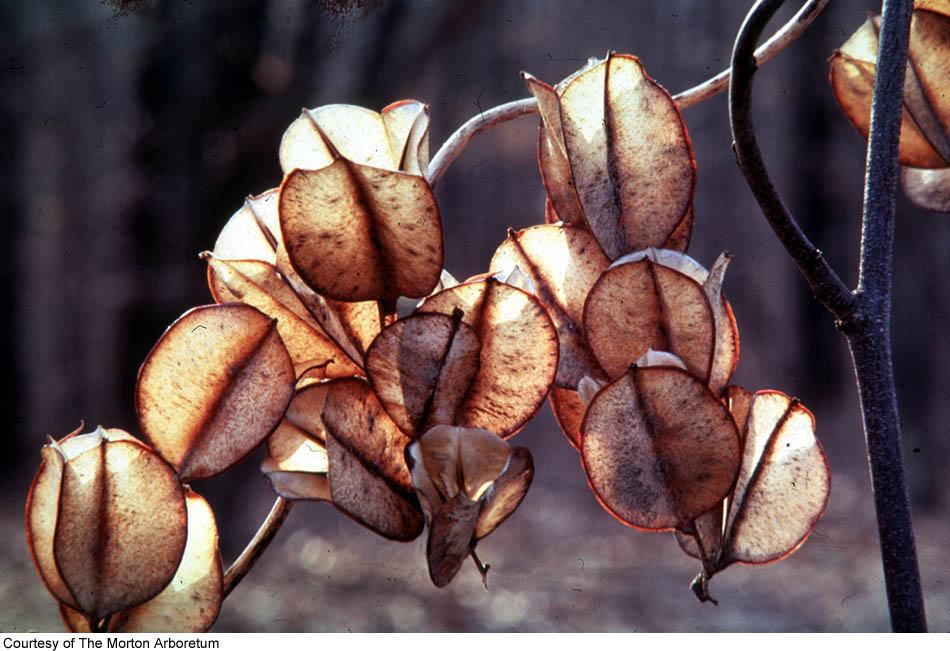|
Dioscoreaceae |
|
|
Vines [herbs], geophytes perennating from fleshy rhizomes or tubers. Stems renewed annually or occasionally persisting for more than a single growing season, twining-climbing, procumbent, or seldom erect; vascular bundles commonly arranged in 2 concentric circles. Leaves alternate, opposite, or whorled at basal nodes; blades simple or occasionally digitately compound, typically cordate, reticulate-veined; principal veins arcuate, ascending from base to apex; margins entire or sometimes palmately lobed; stipules absent, rarely stipulate, never with tendrils; petioles typically with distinct pulvinus at each end. Inflorescences axillary, solitary or in fascicles of 2-7, branched and paniculate, or unbranched and spicate or racemose, ultimate inflorescence unit cymose, sessile or pedunculate, often reduced to 1 flower. Flowers unisexual, staminate and pistillate flowers on different plants, rarely staminate and pistillate flowers on same plant or bisexual; perianth epigynous, rotate, campanulate, or funnelform; tepals 6, petaloid, in 2 similar whorls of 3, connate at least basally; stamens 6, in 2 whorls of 3, inner whorl sometimes sterile or absent; filaments distinct [connate basally or completely into tube], inserted at base of perianth; anthers 2-locular, tetrasporangiate, dehiscing by longitudinal slits, thecae distinct or sometimes connate, rarely divided by a long-appendiculate connective; pistils 3; ovary (1-)3-locular, ovules anatropous, 2(-many) per locule, placentation axile or parietal; styles 3, ± distinct. Fruits capsular, rarely baccate or samarate, dehiscence loculicidal. Seeds flattened or globose, winged or unwinged, embryo small, endosperm copious, starchless. Circumscription of the Dioscoreaceae remains controversial. A strict interpretation of the family, adhering to the original taxonomic concept of R. Brown, would include only Dioscorea Linnaeus (ca. 600 species), Tamus Linnaeus (5 species, Mediterranean), and Rajania Linnaeus (25 species, West Indies); recent systematic studies by L. R. Caddick et al. (2000) portray Dioscorea as subsuming the latter two genera. In its broad sense (I. H. Burkill 1960; L. R. Caddick et al. 2000; R. Knuth 1924), the family includes the bisexual genera Avetra H. Perrier (1 species, Madagascar), Trichopus Gaertner (1 species, Indo-Malaysia), and Stenomeris Planchon (2 species, Malaysia), each of which has also been recognized at the family level (R. M. T. Dahlgren et al. 1985; J. Hutchinson 1973; A. L. Takhtajan 1997). Tacca J. R. Forster & G. Forster (10 species, Malaysia; Taccaceae) is closely allied with Avetra and Trichopus, (L. R. Caddick et al. 2000) and the broadest interpretation of the Dioscoreaceae (adopted here) includes Tacca as well. Only Dioscorea is represented in the flora.
|
|

